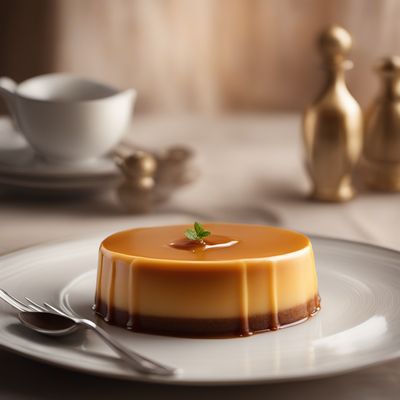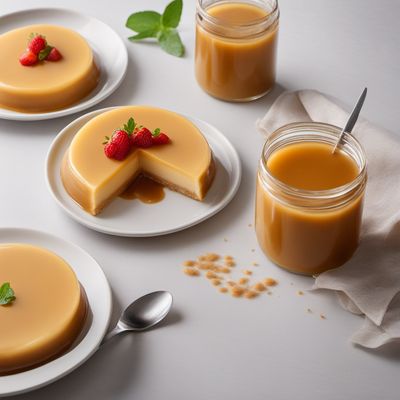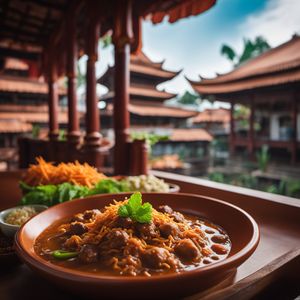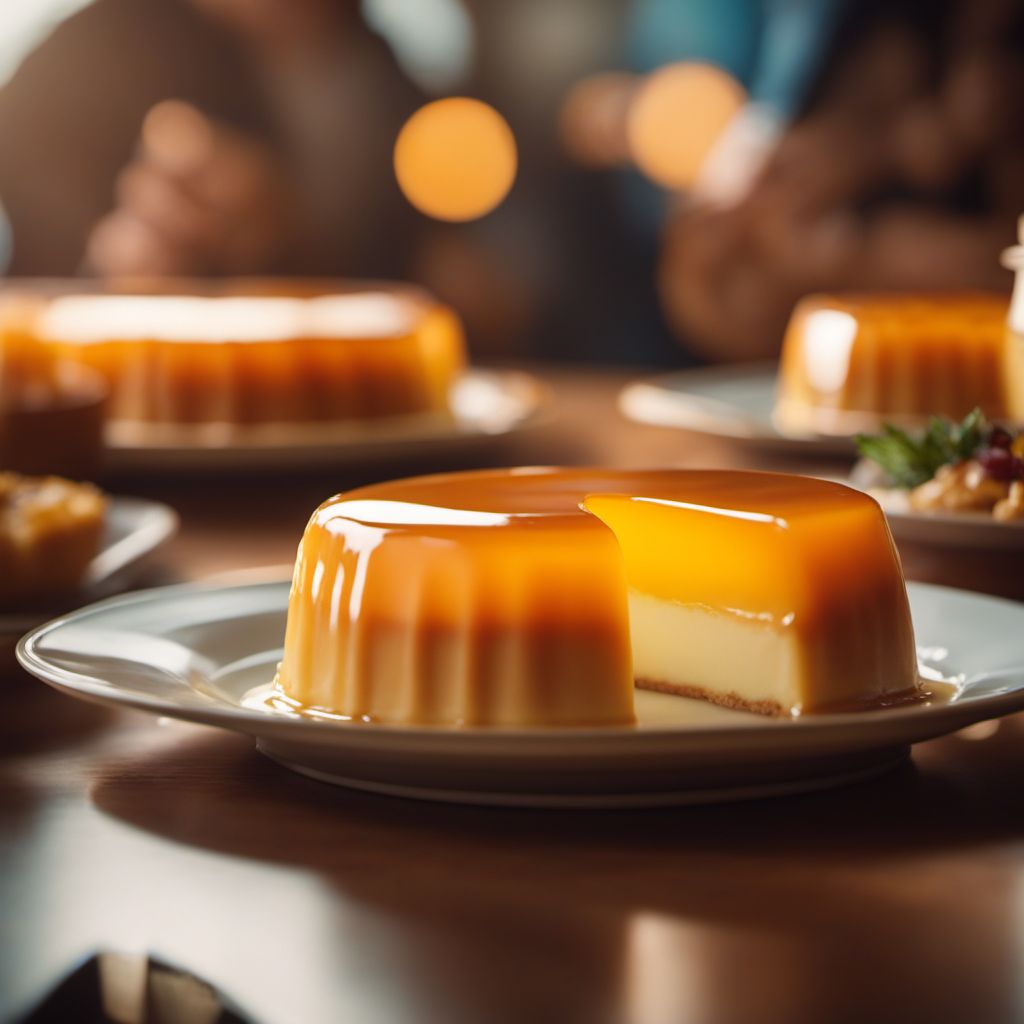
Dish
Leche Flan
Milk flan
Leche Flan is made with condensed milk, evaporated milk, egg yolks, and sugar. The ingredients are combined and cooked over low heat until the mixture thickens. The custard is then poured into a mold and steamed until set. Before serving, the mold is inverted onto a serving plate and the caramelized sugar topping is drizzled over the custard. This dessert is rich and creamy with a sweet caramel flavor.
Origins and history
Leche Flan originated in Spain and was brought to the Philippines during the colonial period. It has since become a popular dessert in the country and is often served during special occasions such as birthdays and holidays.
Dietary considerations
Leche Flan is not suitable for those who are lactose intolerant or allergic to eggs. It is also high in sugar and should be consumed in moderation.
Variations
Some popular variations of Leche Flan include adding different flavors such as pandan or ube to the custard. Some recipes also call for using coconut milk instead of evaporated milk for a richer flavor.
Presentation and garnishing
When making Leche Flan, be sure to use a mold that is large enough to hold the custard. Allow the custard to chill in the refrigerator for at least 2 hours before serving for the best texture. To garnish, you can add fresh fruit or a dusting of cocoa powder on top of the caramelized sugar.
Tips & Tricks
To achieve the perfect caramelized sugar topping, make sure to use a heavy-bottomed saucepan and cook the sugar over low heat until it turns golden brown and syrupy. Be careful not to burn the sugar as it can turn bitter.
Side-dishes
Leche Flan is typically served on its own as a dessert, but it can also be paired with fresh fruit or a fruit compote. It is also delicious with a cup of coffee or a glass of sweet dessert wine.
Drink pairings
Leche Flan is typically served with a cup of coffee or a glass of sweet dessert wine.
Delicious Leche Flan recipes
More dishes from this category... Browse all »
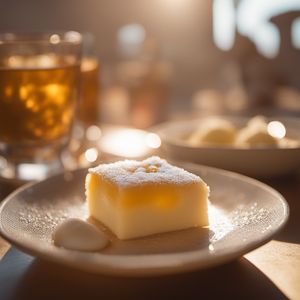
Arsumà
Italian cuisine
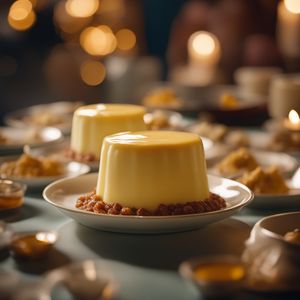
Atolillo
Mexican cuisine

Baba-de-moça
Brazilian cuisine

Bavarian Cream
German cuisine

Crema Catalana
Spanish cuisine

Crème brûlée
French cuisine

Crème caramel
French cuisine

Herrencreme
German cuisine
